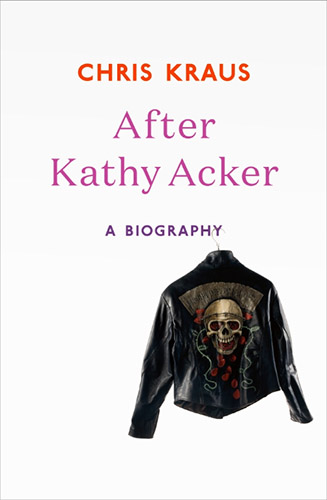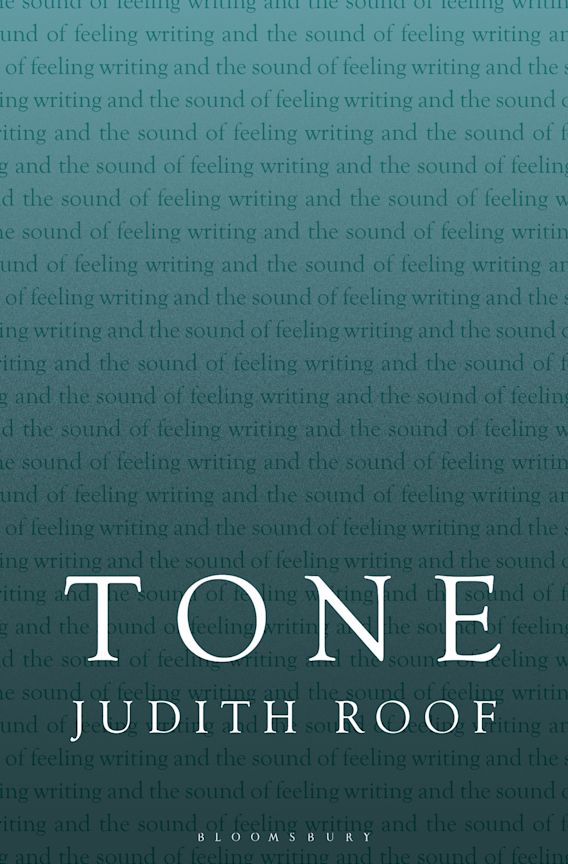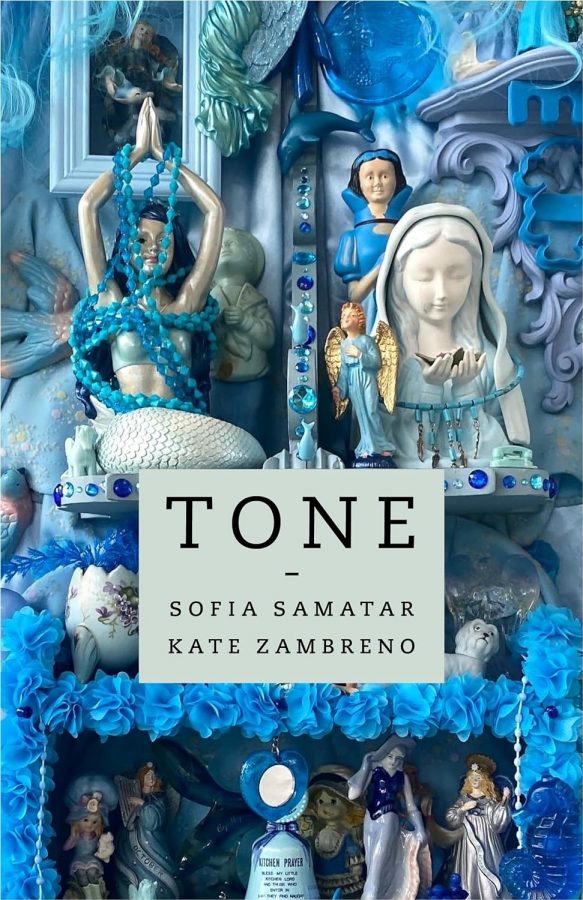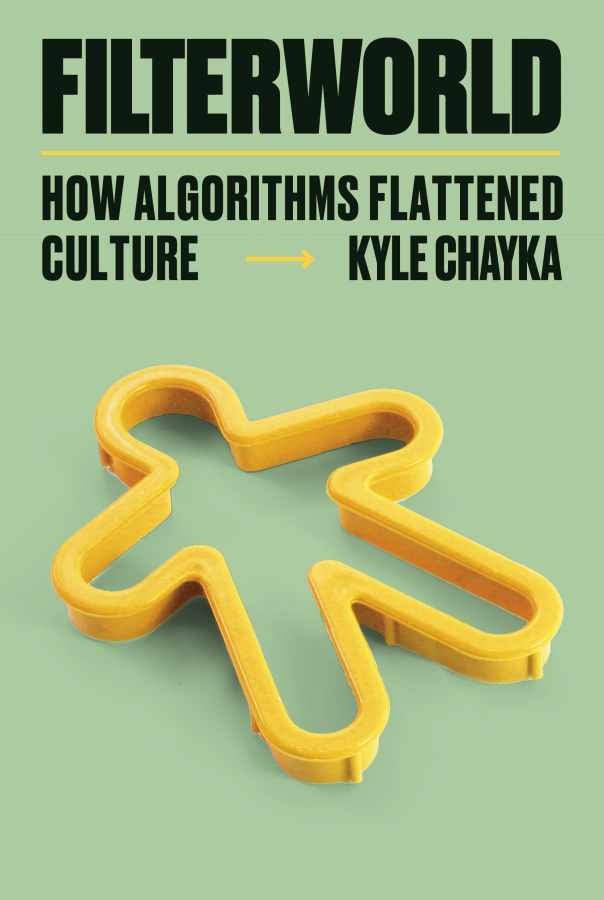What remains of a writer when they die? Now they are gone, and unable to assert themselves, is there a place for them in our understanding of what literature is, or what it does? During the heated debates about the literary canon in the 1990s, some thinkers, including Wendell V. Harris and Henry Louis Gates Jnr, proposed that a writer finds a place in contemporary thinking about literature through intertextuality: writers are kept in view as current generations talk about them. The ones we keep are the ones we keep talking about. If no-one is comparing, name-dropping or analysing a writer, their work will fall away. Then it is at risk of being lost forever. We will forget that it ever existed, and we will not be able to find our way back to it. We may not remember it was there to begin with.
But what about writers whose life and work was constantly on the move? Even when alive these people are hard to find, and even harder to locate. Experimental writers whose work and publication styles resist easy categorisation, those who are constantly moving cities and apartments in search of cheaper housing, a stronger artistic community, or to gain respite from unsympathetic audiences, appear obstinately peripatetic. These artists and their work are more difficult for us to position. We can’t find a place for them, because they rarely seemed to have, or want, one. Early on in her biography of Kathy Acker, Chris Kraus ponders the fate of such transient figures, after describing the scene in which Acker’s ashes are clumsily cast into the North Pacific Ocean by her friends.
To remain in one place is either privation or luxury. No one I know who’s died in my lifetime, no matter their age, has been interred in a grave. No matter how loved or accomplished or distinguished these friends have been, there are no scholarship funds in their names, no plaques, no memorial benches or arches. The reasons for this, I suppose, have been detailed in such books as Robert Putnam’s Bowling Alone, but I still find it hard to accept. Where to inter the remains of those who live in a state of perpetual transience?
Despite the melancholy tone Kraus strikes in this passage, she powerfully demonstrates how to find a place for the body of the writer, and for her body of work. After Kathy Acker shows that biography can be place where a loss might be registered, a life’s achievements recorded, and its challenges respectfully yet honestly explored. More than that, and more substantially than an arch, a plaque or a memorial bench —but not unlike a scholarship bearing someone’s name—through her approach to biography Kraus makes Acker’s life and writing available to the reader as a meaningful resource. Avoiding the pitfalls of hagiography, generously reading the strengths and weaknesses of Acker’s oeuvre, Kraus provides a compelling portrait of Acker’s rigorous and committed writing practice. In doing so, she adds a much-needed node in the network of the history of women’s writing and in the history of the avant-garde at the end of the twentieth century. She also provides a fascinating and detailed account of the constant work Acker had to put into the task of finding ‘a place from which to write’. After Kathy Acker is not a grave to be visited; it is the narrative of one woman’s approach to the work of writing, a cultural history of the experimental art scenes of the United States and London, an instruction manual outlining the sheer force of will and the dedication it takes to write, and an interpretation of Acker’s body of work.
For those of us who never ‘got’ Acker’s writing, the book offers a useful and generous way of understanding her project. It brings a recursive attention to the forms and themes of Acker’s work that will be of interest to readers with a passing, or passionate, experience of it. Those reading After Kathy Acker with some familiarity with Kraus’s novels and works of criticism, on the other hand, will quickly notice that it extends and develops themes that she has proven singularly willing and able to tackle: the precarious status of experimental writing and art in the late twentieth century, and the seemingly dismal plight of avant-garde artists and thinkers who happen to be female. In novels such as the now-infamous I Love Dick (1996) and its underappreciated prequel Torpor (2006), Kraus has proven to be one our most important writers on the problem women’s creativity poses for patriarchal culture, and for women themselves. Continuing in the tradition of Virginia Woolf’s A Room of One’s Own (1929), Kraus asks pressing questions about the fates of creative women, particularly those who dare to be ambitious. Desire, in all its complex and competing variations is a key theme of Kraus’s work: to love, to make, to feel connected, to fuck, to search—Kraus’s protagonists are always heat seekers: driven, proactive and brash.
Acker is no different. She is a descendant of Woolf’s Shakespeare’s sister, the woman who bravely heads from the family home to follow her talent. Acker is also the granddaughter of a judgemental yet ultimately generous woman, Florence Weill, whose modest fortune finally frees Acker when she is in her thirties from the exhausting ritual of trying to pay rent without working a ‘robot job’. Yet having the financial means to secure a room of one’s own does not tame Acker’s desires: she remains transient and driven by a powerful work ethic.
In this characterisation, Kraus’s Acker fits the mould of Chris, Sylvie and Catt—the protagonists of Kraus’s novels—but also breaks it in an important way. While those fictional heroines seek intimacy through the logic of the romantic (preferably monogamous) couple, Acker wants intimacy, but outright rejects the morality that structures what Lauren Berlant refers to as ‘the love plot’. While Chris, Sylvia and Catt wrestle with the durability of a single romantic connection, Acker is more concerned with flexibility: she installs a new lover in the work room of the New York apartment she shares with her boyfriend. Several years later she writes love letters to Alan Sondheim while living in San Francisco with her lover Peter Gordon, stipulating that ‘I refuse to let structure of a society I didn’t pick to be born into determine how I relate to people’. At other times, she wonders why it is that ‘she didn’t have sex with the women she loved, and she didn’t love the ones she had sex with’. Through Kraus’s account, we come to see this radical commitment to multiple desiring connections as inseparable from Acker’s aesthetic, which adopts the voices of other writers (at the farthest edge of the postmodern fascination with pastiche and appropriation) and synthesises them with original writing. This responsiveness to others—a heightened form of relationality—is Acker’s trump card as an artist, but also causes her considerable pain.
The pain of this relationality is embodied and existential, and they are twinned in Kraus’s narrative. Severe pelvic inflammatory disease (PID)—extremely painful and debilitating—afflicts Acker repeatedly, each outbreak noted by Kraus when it is recorded in Acker’s diary or in letters. The contiguity of the body and identity—key themes in Acker’s writing—are extended and reworked via this strategy. The discomfort of PID is figured in a relation of metonymy with the vicissitudes of the writing life. But it is not a relation of substitution; PID is not a stand-in for some universal pain inherent to relationality or creativity, or a means of registering through metaphor a moralistic view of infection as the price one pays for acting on immoral impulses (whether sexual or textual). In her letters and diaries, the discomfort of PID is framed by Acker as the inevitable residue of affairs, and in several of the published works as an illness that created a disorienting and degrading loop for her female protagonists. Reading the variety of ways Acker reworks her first experience of PID, which occurred while she was supporting her writing through performing in live sex shows in New York, Kraus observes:
Over the years, as she experienced new forms of grief, the tone of these stories and their effect on the narrator would shift. Her picaresque tales about a young woman’s economic survival in old-time New York during the era of sexual liberation would be recast as dirges. … Acker reworked her memories until, like the sex she described, they became conduits to something a-personal, until they became myth. This was the strength, and also the weakness, of her writing.
Some might be tempted to read the attention given to sexuality and sexual partners, to Acker’s fevers and ulcers, as gossip with little inherent value for our understanding of Acker’s oeuvre. It is, however, a view of Acker’s writing and life as a work, one that is strategic and crafted rather than accidental or (worse) the result of impulsiveness that is served by the attention Kraus gives to Acker’s lovers and her body. Framing Acker’s pursuit of lovers who were already partnered and her tendency to seek out ‘situations that would result in disruptive intensity for all parties involved’, Kraus argues:
Almost all the memorial tributes and essays penned in the wake of her death by her friends speak of ‘vulnerability’. Yet, like the rest of her writing and life, her vulnerability was highly strategic. Pursuing a charged state of grace, Acker knew, in some sense, exactly what she was doing. To pretend otherwise is to discount the crazed courage and breadth of her work.
Passages such as this show us that the biography is a continuation of Kraus’s own interest in the frisson and fission that is generated by ambitious creative women who are forced to construct their own mythologies and lineages in the face of the male domination of art. In her novels she produces new and arresting ways of appreciating the fundamental feminist critique of patriarchy’s obsessive association of women with their bodies. Her attention to Acker’s PID, and to Acker’s conscious crafting of that experience in her work, extends this interest in women’s desire and bodies as constitutive parts of their creativity as well as weapons used for their dismissal in sexist logic.
Yet this folding of Acker into Kraus’s larger, distinctive, feminist project is not essentialist. The strong desires and naked ambitions of Acker’s life and work make her resistant to an account of women’s writing that romanticises women as less competitive than men, that appeals to the fiction of inherent feminine traits such a natural sympathy for other women, or the ability to forgo personal desires for the sake of the sisterhood. Throughout the biography, Kraus explores Acker’s relationships with other writers and artists, particularly her tense interactions with women. Indeed, After Kathy Acker is not the first time Acker has figured in Kraus’s writing in this light. In one of the key scenes of Torpor, Acker emerges as the easy option for an all-male curatorial group to address the problem of the all-male line-up they have devised for an anthology that will translate the work of contemporary American avant-garde writers into German. Sitting on the side-lines of the editorial meeting, the protagonist Sylvie Green is unable to keep quiet as the list develops, and finally points out the obvious: ‘You know, there aren’t any women on this list.’ She offers some suggestions:
‘What about Bernadette and Gail, Alice and Eileen and Ann and Susie?’ she offers. No one in the room has heard of any of these writers. Most of them are dykes. The rest look like they might be. The men just gape as Sylvie mounts a passionate defence of how female lived experience can be channelled through poetic avant-gardist forms, but in the process, changes them.
Thoroughly embarrassed, Jerome thinks fast for a compromise. ‘What about,’ he ventures, ‘Kathy Acker?’
Sylvie presses her thin lips tight and glares at him. At this moment, Acker is in London, at a peak of notoriety that only certain literary men enjoy. As famous as an actress or a female rock star, she’s accomplished this by distancing herself from all the dowdy women Sylvie’s mentioned. Acker understands that writing, without myth, is nothing and female myths don’t run in groups. They’re always singular.
Despite Sylvie’s wry assessment of Acker’s transgressive power, Sylvie has to ask herself the question: Is Acker a potential model that Sylvie could follow? Like Chris from I Love Dick, Sylvie is engaged in an existential struggle to find a path to an independent creative life. Sylvie can see that ‘[t]he image [Acker’s] invented for herself is every bit as radical and striking as her writing.’ But as a heterosexual woman painfully aware of her physical unattractiveness, Sylvie is led to the conclusion that Acker’s ‘books seduce and challenge heterosexual men; her photos just seduce them.’ This raises the question ‘[w]as sex still the only passport to success if you were straight and female?’ This is not a comforting thought for those unwilling, or unable, to court the heterosexual male gaze.
Given Acker’s appearance in Torpor one might wonder why Kraus has gone on to write her biography. Is there a contradiction here? But to only see the critique of Acker in this passage, and not the admiration in this characterisation, is to perpetuate the logic that Sylvie herself suspects is an important part of the reason why only one woman can be on the list: ‘Why could the famous artist men be friends, the women just competitors?’ It is also to misrecognise as cynical judgement the tart humour that characterises Kraus’s writing. The power dynamics of heterosexuality that commonly put women in competition with each other—for men’s attention, the only attention that seems to really matter—is the real issue here. In a male dominated literary scene, men are always the first (real) readers of a woman’s work, and women must always be thinking about men’s opinions. This was Woolf’s point when she wondered about the possibility of Chloe liking Olivia in A Room of One’s Own, the root of the now famous Bechdel test. Will men take literature seriously if it does not reflect back to them their importance? Kraus shows that this question remains urgent.
This returns us to where and how a female writer might be remembered once she is dead, and her sex appeal has evaporated. If writers find their way into the canon by being the topic of conversation, Kraus’s novels have repeatedly explored that, when it comes to the avant-garde, men are having that conversation amongst and about themselves. When women do appear as topics or participants, a narrow type of sexual appeal is the requirement for entry. Kraus’s oeuvre has been dedicated to the writing of unlikeable women; challenging congeniality as the bedrock of femininity and exploring the uncomfortable and often humorous situations generated by ambitious, creative women when they cast off congeniality and conventional sexuality. These women are individuals, but they must act in the context of social networks and ideological structures. As others have noted, After Kathy Acker illuminates Acker’s life and work partly by consistently placing her in her social and artistic milieu. That Acker was a difficult, competitive and transient friend, peer, collaborator and lover makes her an ideal subject for Kraus to continue her work of intervening in conversations about women writers, what the avant-garde is and where it is located. With After Kathy Acker she offers an interpretation of Acker’s life and work that will keep us talking.
Works Cited
Lauren Berlant, Desire/Love. Punctum Books, Brooklyn: 2012.







